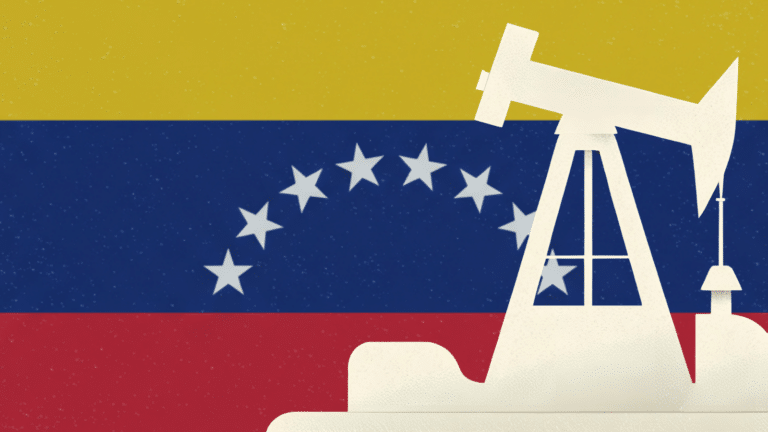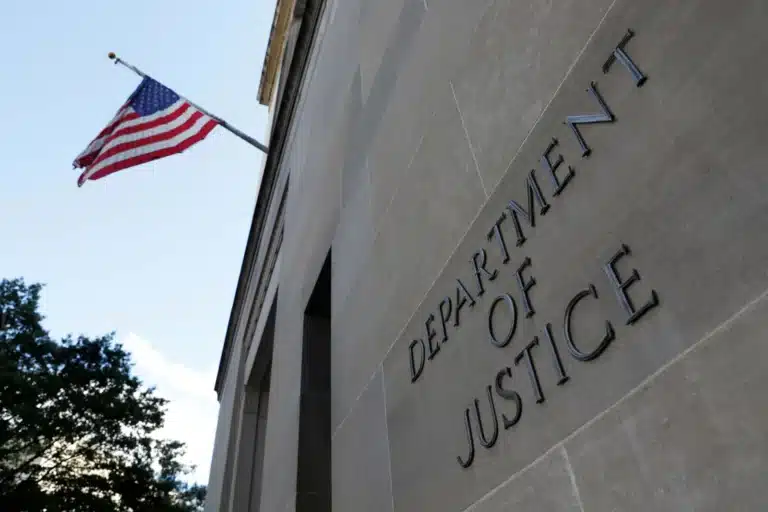Big banks predict catastrophic warming, with profit potential
Morgan Stanley, JPMorgan and an international banking group have quietly concluded that climate change will likely exceed the Paris Agreement's 2 degree
Current Access Level “I” – ID Only: CUID holders, alumni, and approved guests only
***
The president’s recent statement that OPEC should reduce their prices may merely be an attempt to assign blame for rising gasoline prices in the midst of the US driving season or an even more cynical attempt to rally his political base in opposition to globalism. Or, it may have something to do with the president’s own decision to create a crisis with Iran. While attention is duly paid to how much Americans have to pay at the pump, a more subtle and complicated story will soon play out with respect to Iran and the reapplication of US sanctions ordered by Trump on May 8, 2018. In fact, unless oil prices are contained, the primary result of the president’s action may be to ensure that Iran profits from the oil market risks that sanctions have created.
A simple chart helps to bear out the point. Figure 1 is a representation of three important data points: how much oil Iran might be able to export on a given day, the price of its oil, and its daily revenue. On May 8, Iran exported approximately 2.4 million barrels per day (bpd) of oil. On that day, oil was trading at approximately $75 per barrel. As a result, we can assume that Iran’s oil revenue for that day was $180 million (as reflected by the red line).
If instead oil had been trading at $130 per barrel on that day, Iran would have earned over $310 million. And if oil had been trading at $50 per barrel, Iran would have earned only $120 million—in all, a fairly straightforward math problem to solve.
Where things get more complicated is when one takes into account falling Iranian oil exports and potentially rising oil prices.
Naturally, if oil prices remain roughly the same, every lost barrel of Iranian oil exports means a real economic loss to the Iranian government. If Iranian oil exports decrease from 2.4 million bpd to 1.5 million bpd, Iran will experience a loss of approximately $67 million in its revenue stream. Taken over the course of a year, this would mean lost national revenue approaching $25 billion, a substantial sum for a country with significant economic problems and strained liquidity.
However, if oil prices go up, then—as figure 1 shows—the immediate revenue impact of sanctions can be mitigated, potentially entirely. The red line’s intersection with various price curves shows this: at $130 per barrel, Iran need only export 1.38 million bpd to average the same daily revenue as at $75 per barrel with 2.4 million bpd in exports. With a more conservative oil price increase—for example, to only $100 per barrel—Iran would generate the same revenue if it exported only 1.8 million bpd.
But of course, the effects are magnified when an entire year’s worth of sales is factored in, as table 1 demonstrates.
| 1 mbpd | 1.5 mbpd | 2 mbpd | 2.4 mbpd | |
| Oil at $75 | $27.4 billion | $41.1 billion | $54.8 billion | $65.7 billion |
| Oil at $100 | $36.5 billion | $54.8 billion | $73.0 billion | $87.6 billion |
| Oil at $130 | $47.5 billion | $71.2 billion | $94.9 billion | $113.9 billion |
Even if the Trump administration is able to reduce Iranian oil sales to 1 mbpd, at higher oil prices, Iran’s ability to compensate is substantial. A more meager reduction, matched by higher prices? Iran might profit.
There are myriad reasons why a simple mathematical abstraction is incapable of capturing the diversity of reactions and feedback loops that will determine Iranian oil sales and revenues. It is worth noting in this context that US officials had similar concerns that removing Iranian oil from the market would cause prices to go up during the 2011–2013 Iran sanctions experience and that these fears were ultimately unfounded. Arguably, this came because of the moderation shown by the Obama administration in its demands for reductions—20 percent every 180 days—and the revelation of US shale oil production. But still, it is an indication that unexpected forces can intervene.
To start, prices are in part set by supply and certainly by expectations of supply. To the extent that Iranian supply is not taken off the market, then this will have a moderating impact on prices, slowing their rise and ensuring that Iran bears the brunt of the sanctions pressure. The same would apply if additional supply were to be added by other producers, though finding 2.4 million bpd to add to the market by November 4 is not possible. By the same token, if the United States were able to prevent Iran from exporting any oil, then any increase in price would also not be enjoyed by Iran, no matter how high prices might go. Of course, the higher prices would be felt elsewhere in the global economy and back home in the United States. But from the simple perspective of “putting pressure on Iran,” such a scenario would mitigate the dynamics discussed here.
Moreover, oil revenue is not a perfect proxy for sanctions pressure on Iran. One of the elements of US sanctions against Iran is that Iran is barred from freely accessing its revenues held in foreign banks. Instead, per US law, banks are required to make Iran’s funds available only for bilateral trade or for the purchase of humanitarian goods. Any banks that fail to abide by these restrictions can be prohibited from opening or holding correspondent bank accounts with U.S. financial institutions – effectively banned from doing business in the United States. With this in mind, even higher oil prices and record Iranian oil revenues might not meaningfully buttress the Iranian economy if those revenues are locked up in foreign banks. But this in turn requires assumptions to be made about the level of cooperation that the United States might enjoy in sancitnos implementation. Many banks in Europe and in Asia will resist provoking US sanctions and isolation. Some, however, may decide it is worth the risk, as Chinese Bank of Kunlun did in 2012 when it was sanctioned by the United States. It remains a reasonably profitable institution, notwithstanding US sanctions, and may even become more so if other Chinese transactions with Iran were to flow through it. There is nothing in particular to stop other banks in other countries from pursuing the same path, if they determine the cost is worth the benefits.
This in turn informs another important element: whether all of this will matter in affecting Iranian behavior. From 2012–2013, the United States denied Iran over $50 billion in oil sales and prevented it from using billions more that were held in banks around the world. The result, at least in part, was the negotiation and implementation of the Joint Comprehensive Plan of Action (JCPOA). That might not be the result of another round of sanctions. Diplomacy with the United States has lost its luster in Iran, and its leaders are now talking about the possible use of military instruments to blockade the Persian Gulf, as they have in the past. Even if this extreme scenario does not come to pass, the idea that Iran’s response to renewed economic pressure would be to deal with the United States and to offer further concessions than in 2013–2015 is, at this point, hopeful speculation. There are many different factors that could undermine this hope, from the practical (Will any US partners work with the United States on sanctions?) to the theological (Would Iran be prepared to negotiate with the “Great Satan” again?). Even more importantly, these factors will interplay with one another in ways that we may not be able to anticipate at the outset.
One factor, to be sure, will be the effect of sanctions on oil prices. Given the risks of this strategy, one need hope the United States has a better plan than badgering OPEC.
Steps by the second Trump administration show it is taking a tougher stance against the regime of Nicolas Maduro. Trump recently issued an executive order that could levy a 25...

Trump’s abandonment of antibribery efforts will hurt—not help—U.S. companies.

As Indian Prime Minister Narendra Modi makes his first visit to Washington in the second Trump administration, energy will likely take a front seat in United States-India relations. Due to...
